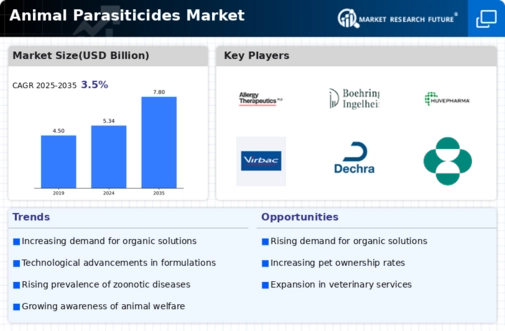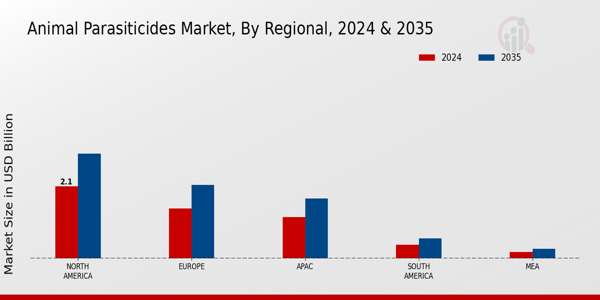Market Share
Animal Parasiticides Market Share Analysis
animal parasiticides market share involves strategic approaches that companies adopt to establish a competitive edge, increase their market presence, and meet the diverse needs of veterinarians, farmers, and pet owners. One effective strategy is product differentiation, where companies focus on developing unique formulations or delivery methods for their parasiticides. By offering innovations that address specific challenges, such as resistance or ease of administration, companies can position themselves as leaders in the market, attracting a loyal customer base and distinguishing their brand from competitors.
Building strong brand equity is a pivotal element in market share positioning within the animal parasiticides sector. Companies that establish a reputation for producing reliable, safe, and effective parasiticides create brand loyalty among veterinarians and animal owners. Trust in the brand translates into repeat business and positive word-of-mouth recommendations. This strategy not only helps in maintaining existing market share but also contributes to the expansion of the customer base as the brand becomes synonymous with quality and efficacy.
Strategic partnerships and collaborations play a crucial role in market share positioning, especially in the complex landscape of the animal parasiticides market. Companies can form alliances with veterinary clinics, research institutions, or other stakeholders to leverage collective expertise and resources. Collaborative efforts can lead to the development of innovative products, shared knowledge, and expanded distribution networks. Such partnerships enhance market reach, fostering a collaborative ecosystem that positions the participating brands as leaders in the industry.
An effective pricing strategy is integral to market share positioning in the animal parasiticides market. Companies must balance the affordability of their products with the quality and efficacy offered. Offering competitive pricing, bulk discounts, or bundled packages can attract cost-conscious veterinarians, farmers, and pet owners, broadening the customer base and securing a larger share of the market. This strategy requires a keen understanding of the economic considerations of different customer segments and regions.
Globalization and international market expansion are strategic moves to increase market share in the animal parasiticides sector. Companies can identify regions with a high prevalence of parasitic infections or a growing demand for veterinary healthcare products. By establishing a presence in these markets through effective distribution networks or strategic partnerships with local players, businesses can position themselves as key players and gain a significant share in these expanding geographic areas.
Investing in marketing and promotional activities is crucial for market share positioning within the competitive landscape of animal parasiticides. Companies can employ digital marketing, social media campaigns, and participation in industry events to create brand awareness and educate veterinarians and animal owners about the benefits of their products. Informative content, engaging in disease awareness initiatives, and highlighting the unique features of parasiticides can contribute to brand visibility, attract new customers, and ultimately lead to an increased market share.
Sustainability initiatives are gaining importance in market share positioning strategies, reflecting the growing awareness of environmental concerns. Companies that prioritize eco-friendly and sustainable practices in the production and packaging of their parasiticides can appeal to environmentally conscious veterinarians and consumers. This strategy aligns with broader industry trends and positions the company as a responsible and ethical player in the market, contributing to market share growth.
In conclusion, market share positioning strategies in the animal parasiticides market involve a combination of product differentiation, brand building, strategic partnerships, pricing strategies, global expansion, marketing efforts, and sustainability initiatives. As the demand for effective and innovative parasiticides continues to grow, companies that strategically navigate these factors will be well-positioned to capture a significant share in the evolving and competitive animal parasiticides market.















Leave a Comment